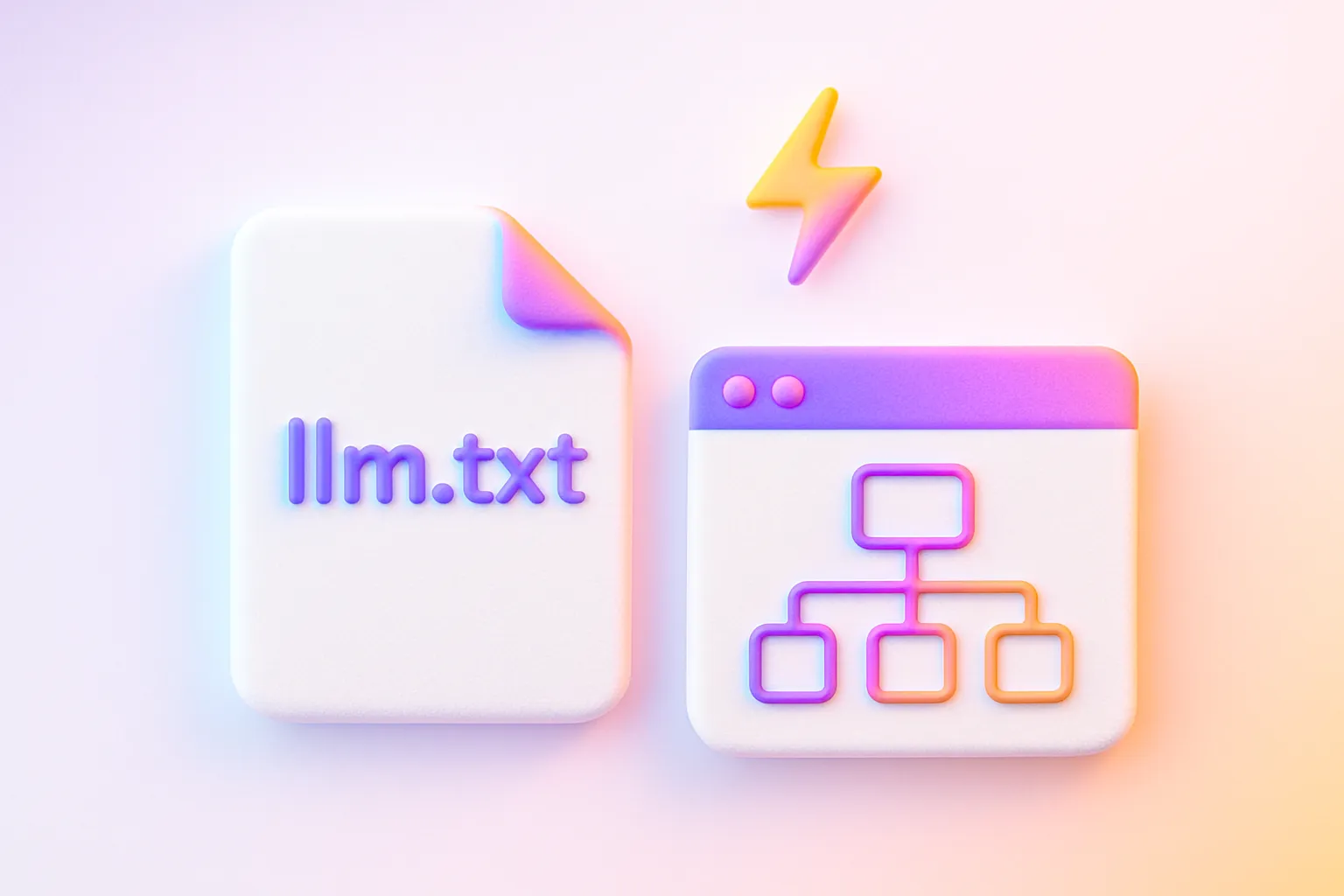LLMs.txt: Evaluating Its Role in AI Content Crawling

Why a special file for LLMs at all?
Large language models struggle with messy markup, dynamic JavaScript, and bloated navigation. LLMs.txt was proposed to fix that. In plain-text markdown, site owners list the pages, passages, and metadata they actually want a model to read. The idea is simple: hand the crawler a curated menu instead of letting it rummage through the fridge.
Adoption: Who actually uses LLMs.txt in 2025?
Almost nobody. A February 2025 crawl of the Majestic Million found just 15 valid files, a penetration rate of 0.015% source. Tech blogs, a couple of AI startups, and one university subdomain made the list. That’s it. If you’ve never seen an LLMs.txt in the wild, you’re not alone.
Does it work? Real-world benefits and headaches
Potential wins
- Cleaner training data. You strip out cookie banners, tag clouds, and duplicated content before the crawl even begins.
- Speed. A bot can fetch one slim file instead of thousands of URLs.
- Content prioritization. You decide which product manuals, FAQs, or blog posts should be front and center.
Sticking points
- No crawler support. OpenAI, Anthropic, Perplexity, and others have not publicly committed to honoring the file source.
- Redundancy. Critics liken it to the long-dead keywords meta tag, arguing models can already parse HTML just fine source.
- Competitive exposure. Listing your best evergreen guides in a single text file also hands them to competitors on a silver platter.
Where it fits next to robots.txt and friends
LLMs.txt is not meant to replace robots.txt or sitemap.xml. Think of it as a high-signal summary:
robots.txt= gatekeeper (let the bot in or block it)sitemap.xml= full directory (every indexable URL)LLMs.txt= highlight reel (only the passages you’d quote at a dinner party)
Because it sits beside existing standards, conflicts can arise. If robots.txt blocks a folder that LLMs.txt references, which rule wins? Until a consortium publishes guidelines, webmasters are left guessing.
My take: Worth the effort or wait and see?
If you run a massive knowledge base, spending an hour to ship an LLMs.txt is low risk and could future-proof your content. For everyone else, the juice isn’t there yet. Instead, focus on clearer HTML structure, solid schema, and deep expertise. Those signals help both search engines and generative models today.
Building that structure at scale can be painful. Platforms like conbase.ai already let teams upload content catalogs, feed them through custom prompts, and spit out clean, structured output. In theory, you could generate an LLMs.txt file automatically from the same pipeline, no manual copy-paste required.
What could happen next
- Industry endorsement. If a major model provider publicly supports the file, adoption could spike overnight.
- Hybrid standards. We may see a single manifest that blends robots rules, sitemap links, and LLM snippets.
- Tooling. CMS plugins and no-code builders (again, think conbase.ai) could make publishing the file a checkbox.
- Or quiet retirement. Like the keywords tag, LLMs.txt might fade if crawlers keep getting smarter without it.
Monitor announcements from OpenAI, Google DeepMind, and Meta AI. If any of them flip the switch, have a draft ready. Until then, prioritize content quality over yet another text file.
Related reading: Preparing your site for AI-driven search
If you’re exploring ways to surface your content in generative answers, check our guide on Generative Engine Optimization. It breaks down schema, FAQ blocks, and authority signals that help models quote your site accurately, tactics that deliver value today, with or without LLMs.txt.



